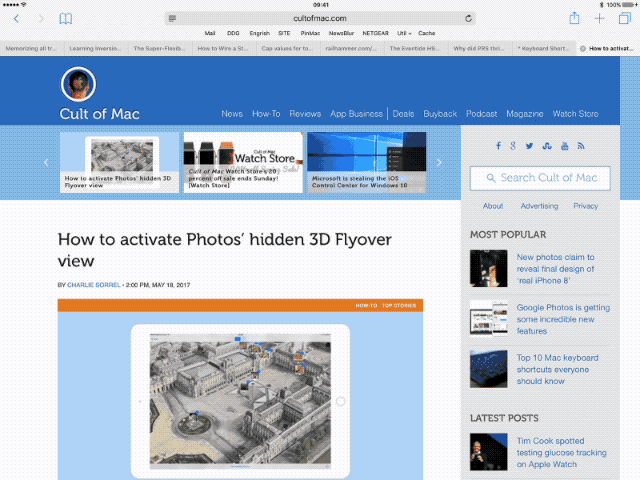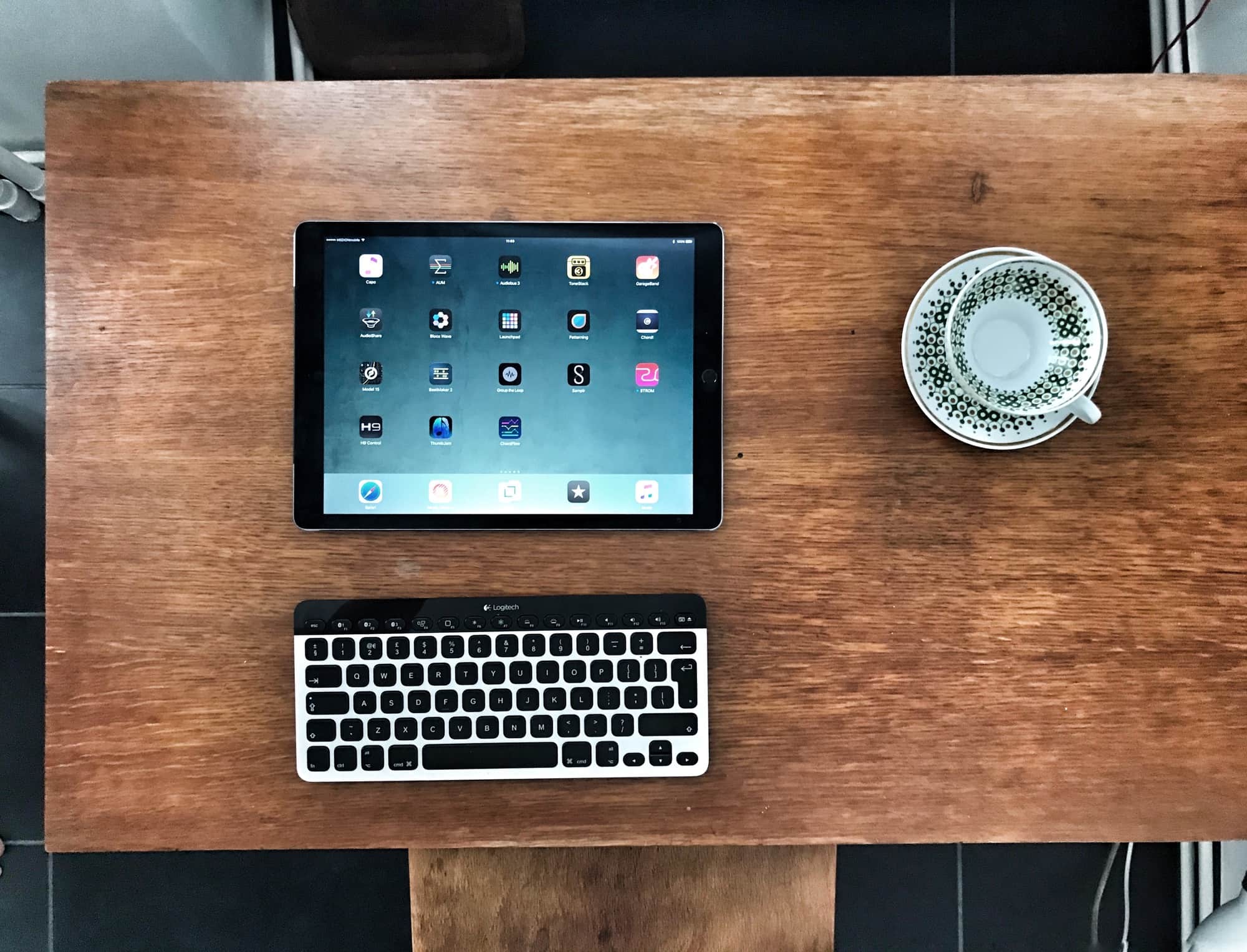Safari on the Mac is almost entirely controllable by the keyboard. You can open tabs, navigate forms on the page, and search through pages. And even if there’s no built-in shortcut, the Mac lets you add custom shortcuts to any menu item. The iPad isn’t quite so well-served, but you’d be surprised at just how many keyboard shortcuts there are for Safari on the iPad. In fact, there are so many great shortcuts that you may even forget you’re not using a Mac. Let’s take a look.
Navigation keyboard shortcuts for mobile Safari
Getting around mobile Safari with the keyboard is super-easy. Here are the shortcuts:
- ⌘T — Open new tab
- ⌘W — Close tab
- ⌘N — Open split view
- ⇧⌘] and ⇧⌘[ or Ctrl-Tab and Ctrl-⇧-Tab — Next/Previous Tab
- Ctrl-⇧-\ — Show all tabs
- ⌘[ and ⌘] or ⌘→ and ⌘← — Back/forward
- Space bar — Scroll down a page (⇧-Space reverses the direction).
- ⌘↑ and ⌘↓ — Scroll to beginning/end of page
- ←↑→↓ — Scroll web page (← and → work when zoomed in)
These all come directly from the Mac. ⌘N — or Open split view – is the equivalent to opening a new window on the Mac. The Show all tabs command also works on the Mac (give it a try). This is the same as pinching-in on mobile Safari to show the zoomed-out tab view. Once you get there, though, you’ll have to take your fingers off the keyboard to tap one of those mini windows. You can’t use the arrow keys, or the Tab key, to cycle through them, which seems like an oversight. Hit Ctrl-⇧- again, or the Escape key, to cancel this view.
Utility shortcuts

Photo: Cult of Mac
- ⌘L ⌘L — Open location
- ⌘F — Find in page
- ⌘R — Reload page
- ⌘ ⇧R — Show/hide Reader view
- ⇧⌘L — Show/hide sidebar
- ⇧⌘D — Add to Reading List
⌘L — open location — places a cursor in the URL field, ready to type an address, or perform a search. When you begin to type, Safari will pop up the usual list of recent searches, search suggestions, as well as matches from your bookmarks and history. You can choose any of these using the arrow keys.

Photo: Cult of Mac
Find in page — ⌘F — brings up a dedicated search bar at the bottom of the screen. It’s the same one you’ll see if you go to the trouble of searching in the page by tapping, only it’s a lot easier to get to. You can also flip through the search results using ⌘G and ⇧⌘G, stepping forward and back, with the page scrolling to the highlighted text each time.
Show/hide sidebar — ⇧⌘L — slides the combined bookmarks/history/Reading List/Shared Links pane out from the left side, and puts it back again. Like the zoomed-out tab view, you’ll have to bust out a finger to touch the screen if you want open any of those links. And while regular bookmarking with ⌘D doesn’t work, ⇧⌘D will save the current page to your Reading List.
What it doesn’t have
As well as the lack of cursor-arrow control in the tab overview, and the bookmark sidebar, mobile Safari doesn’t support opening bookmarks in the bookmarks bar using ⌘1, ⌘2, etc., like the Mac. Other than that, though, the iOS version of Safari has some pretty comprehensive keyboard coverage. It’s more than enough for the average user, and even the power user won’t feel too frustrated.


